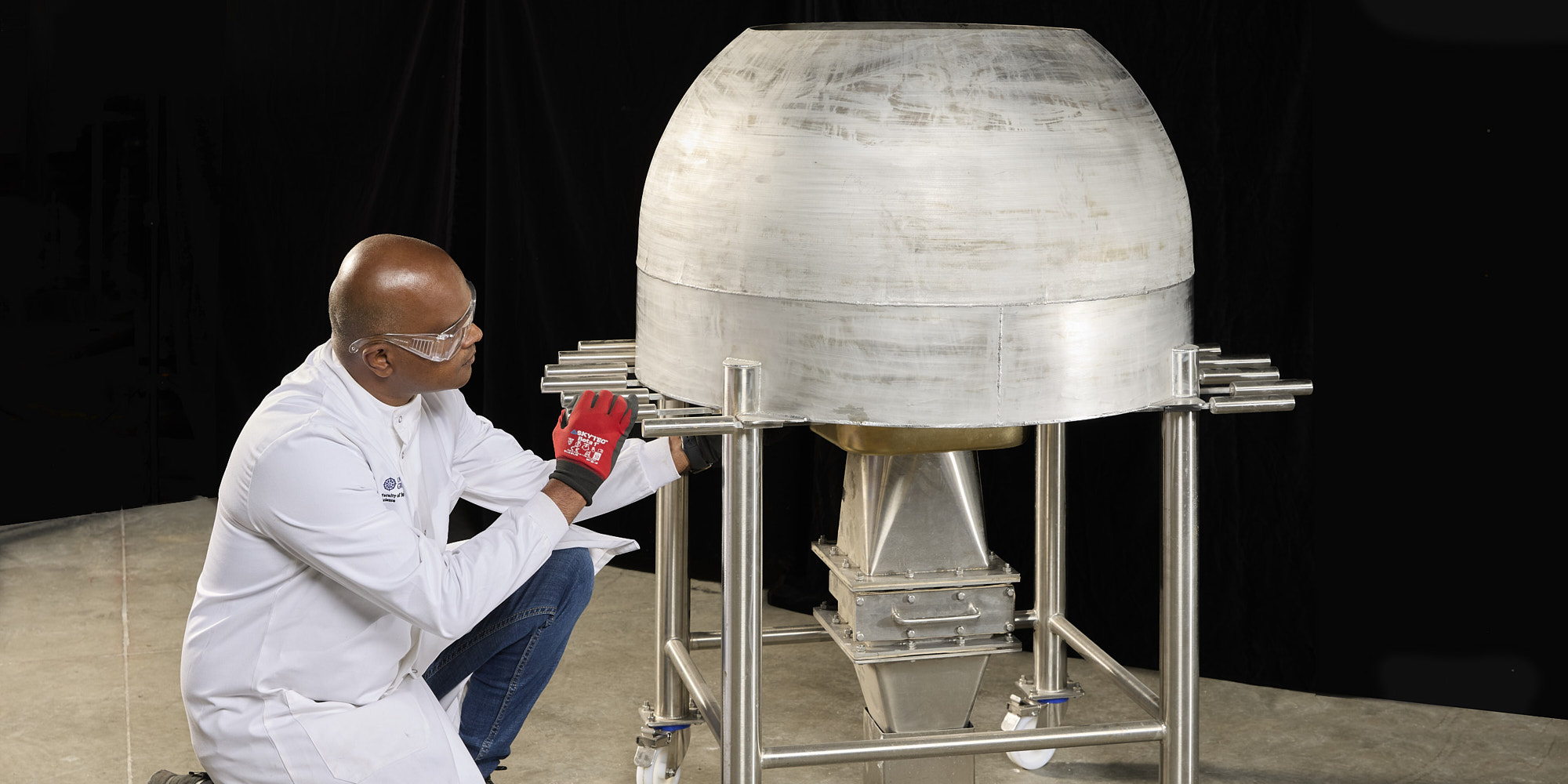The efficient operation of processes is dependant upon the compatibility of all aspects of the bulk handling systems. Design for an integrated approach to matching storage and feeding equipment is at the core of reliability for many plants.
What is system design?
Although the design of individual elements of a process is clearly of critical importance to plant efficiency, it can often be the case that the interfacing of equipment can result in sub-optimal performance of other unforeseen process issues.
Typical examples could include:
- Pack or bag filling problems: i.e. weigh variation through a series of filling operations (i.e. bulk density drift), poor sealing due to dusting onto weld strip (over filling by volume, but not necessarily weight), bag instability on pallets (i.e. introduction or entrainment of excessive air into product).
- Rapid air filter failure due to blinding (i.e. failure of process control to be modified to take into account lower bulk density material being handled through an existing process - leading to volumetric over filling of reception vessels).
- Poor weight control after pneumatic transfer reception vessel: i.e. unforeseen particle degradation through pneumatic conveying system leading to increased fines content and hence reduced discharge reliability (an issue made even more variable by segregation effects in the reception vessel and core flow operation).
In effect, system design considers changes in bulk behaviour or composition that may occur cumulatively through multiple process steps and the provision of a quantification of the these changes on flow behaviour or plant operations.
The greatest risk to plant performance for end users is to assume a constant form and behaviour for a given bulk solid throughout the plant.
